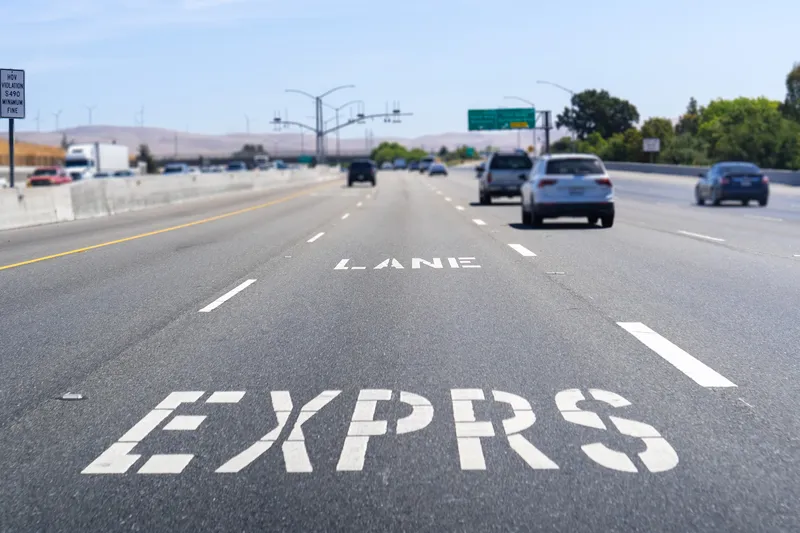The New York State Department of Transportation (NYSDOT) has awarded International Road Dynamics (IRD) a five-year traffic data collection maintenance and upgrade contract valued at US$4.8 million.
Under this agreement, IRD will install, upgrade, repair, operate and maintain the NYSDOT permanent data collection sites, the majority of which have IRD equipment, located in Metro New York City, Nassau, Suffolk, Rockland and Westchester Counties.
NYSDOT uses these sites to collect, summarise and interpret
February 3, 2016
Read time: 2 mins
The 1780 New York State Department of Transportation (NYSDOT) has awarded 69 International Road Dynamics (IRD) a five-year traffic data collection maintenance and upgrade contract valued at US$4.8 million.
Under this agreement, IRD will install, upgrade, repair, operate and maintain the NYSDOT permanent data collection sites, the majority of which have IRD equipment, located in Metro New York City, Nassau, Suffolk, Rockland and Westchester Counties.
NYSDOT uses these sites to collect, summarise and interpret information about the traffic travelling on the state's highways system. The data is used to assess transportation needs and infrastructure performance, as well as to develop planning and programming recommendations. Traffic data is required for route planning, safety programs, the designation of evacuation routes and their management, and the design of highway projects.
"We are pleased to receive this long-term commitment to provide repair and maintenance services to the State of New York. IRD has participated in similar traffic data services agreements with the NYSDOT over the past ten years, and we look forward to continuing this relationship and delivering value to this long term customer," commented Terry Bergan, IRD's president and CEO. "As states become more aware of their need for high quality traffic information, the demand for these services continues to grow. This agreement further strengthens our long term maintenance strategy to grow and expand our data management and field services market."
Under this agreement, IRD will install, upgrade, repair, operate and maintain the NYSDOT permanent data collection sites, the majority of which have IRD equipment, located in Metro New York City, Nassau, Suffolk, Rockland and Westchester Counties.
NYSDOT uses these sites to collect, summarise and interpret information about the traffic travelling on the state's highways system. The data is used to assess transportation needs and infrastructure performance, as well as to develop planning and programming recommendations. Traffic data is required for route planning, safety programs, the designation of evacuation routes and their management, and the design of highway projects.
"We are pleased to receive this long-term commitment to provide repair and maintenance services to the State of New York. IRD has participated in similar traffic data services agreements with the NYSDOT over the past ten years, and we look forward to continuing this relationship and delivering value to this long term customer," commented Terry Bergan, IRD's president and CEO. "As states become more aware of their need for high quality traffic information, the demand for these services continues to grow. This agreement further strengthens our long term maintenance strategy to grow and expand our data management and field services market."









